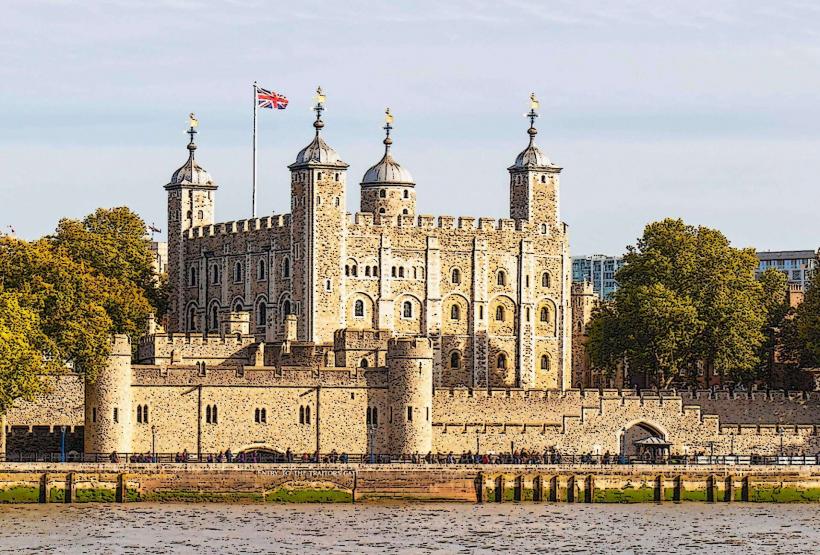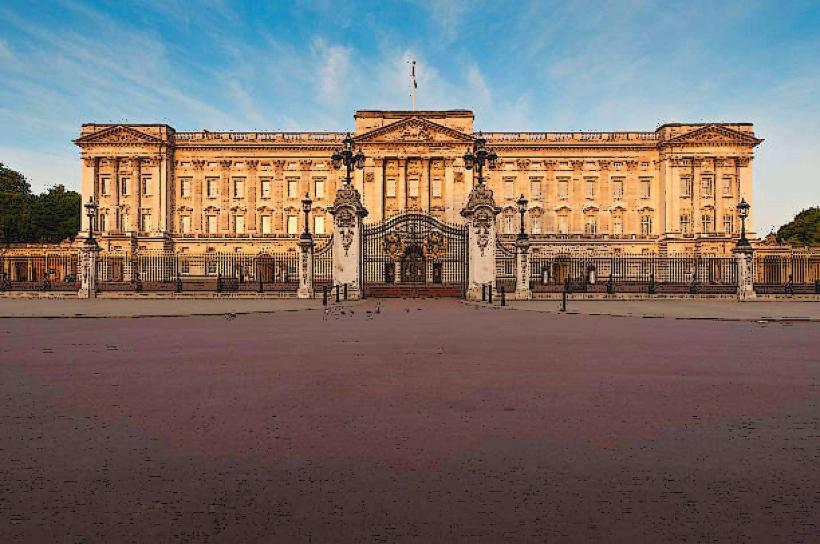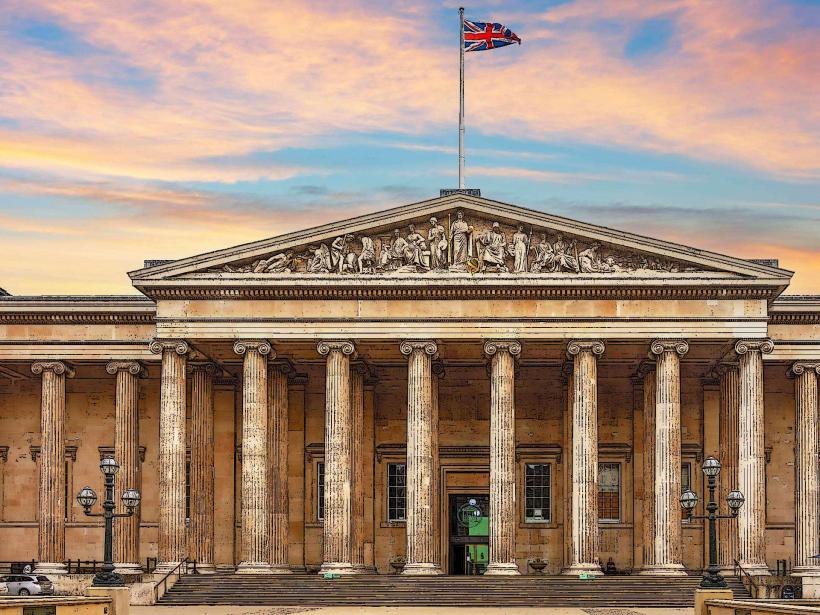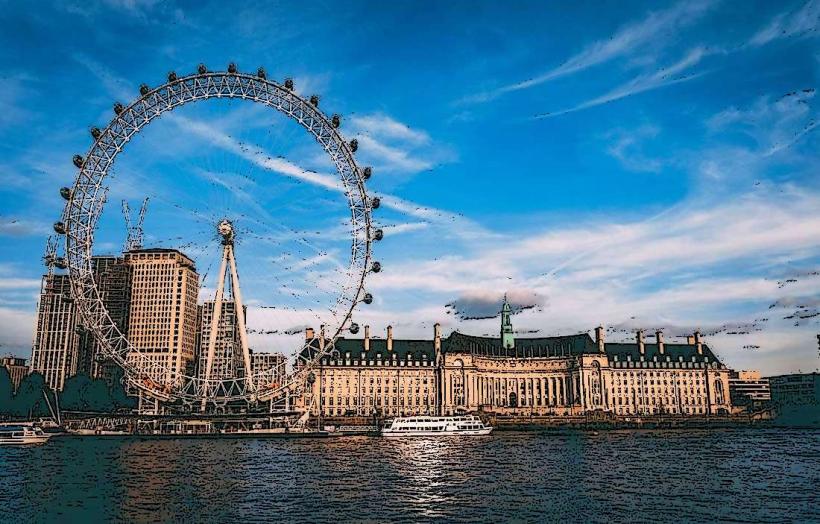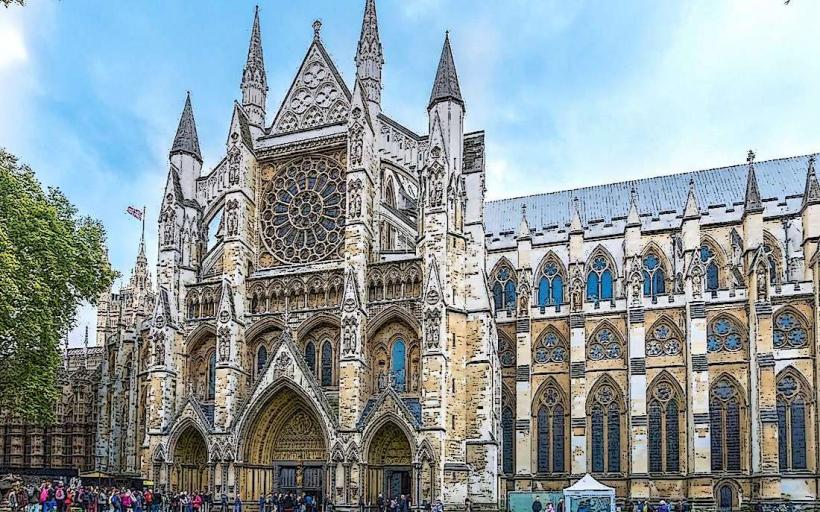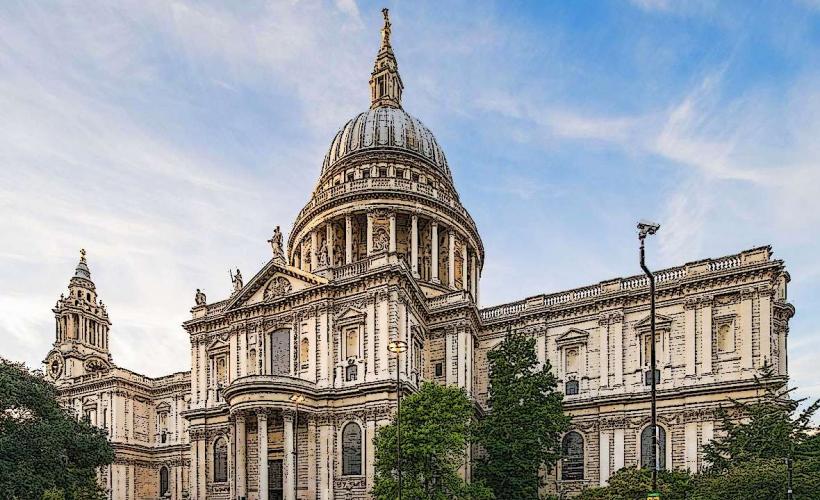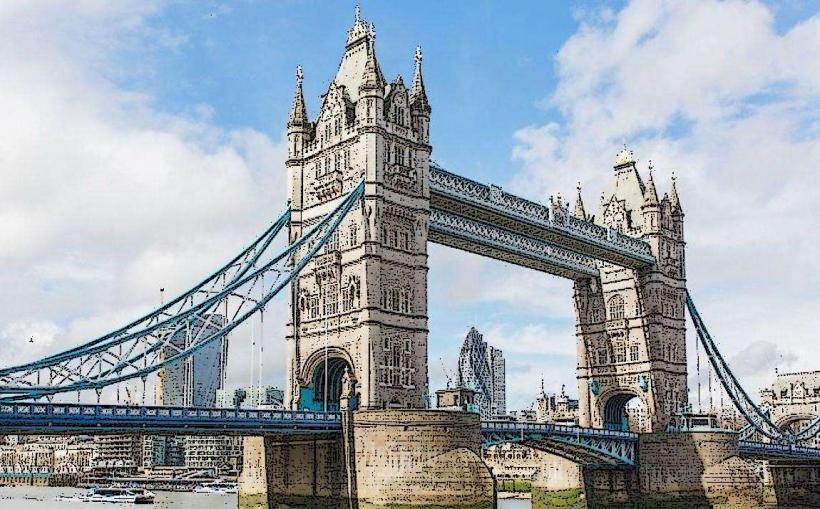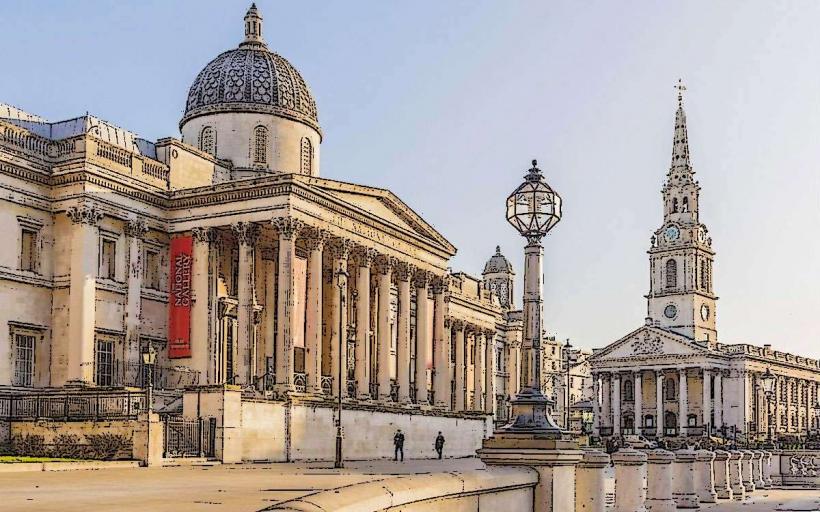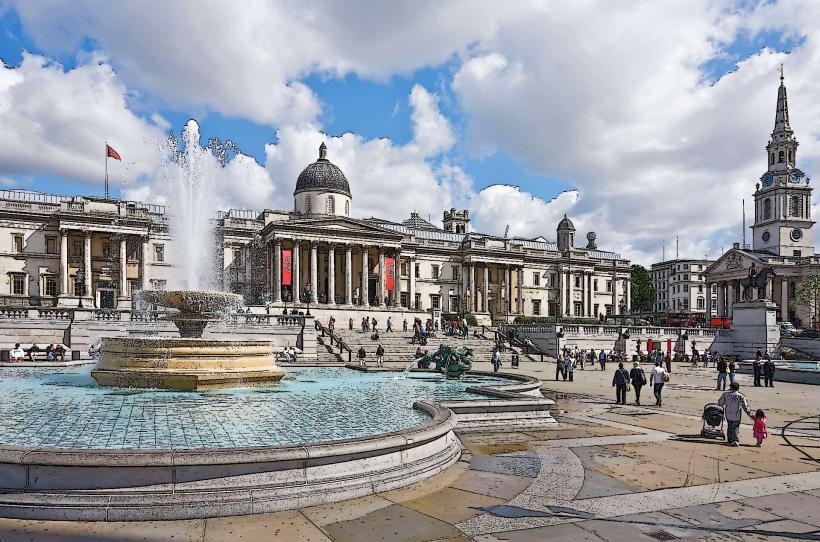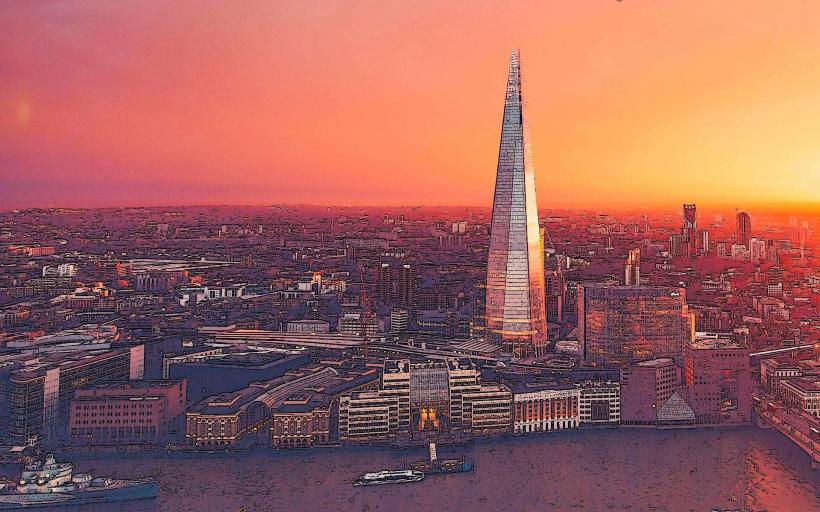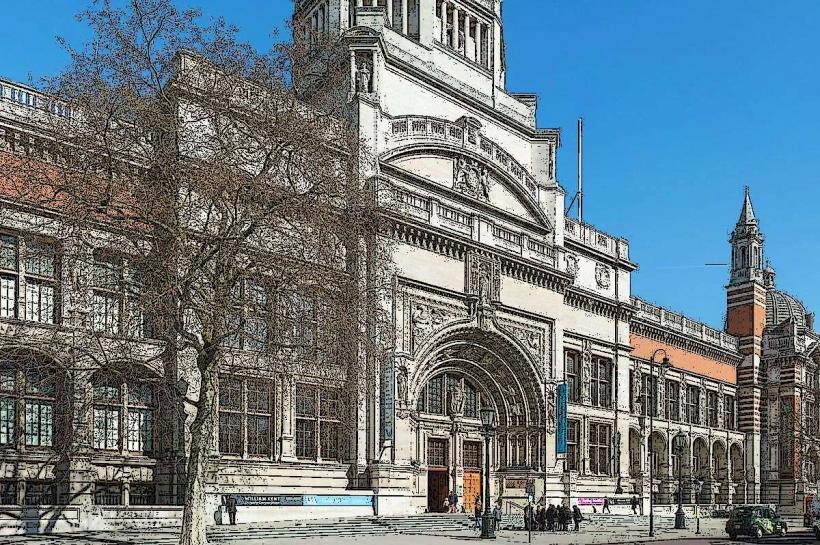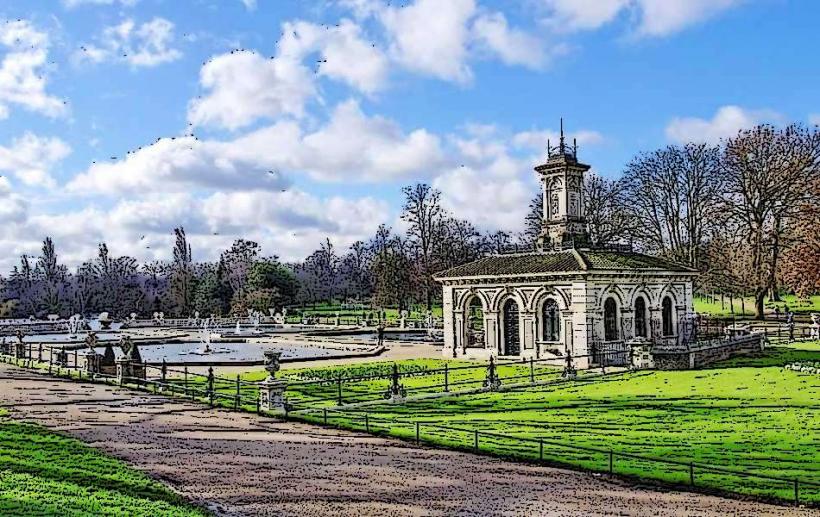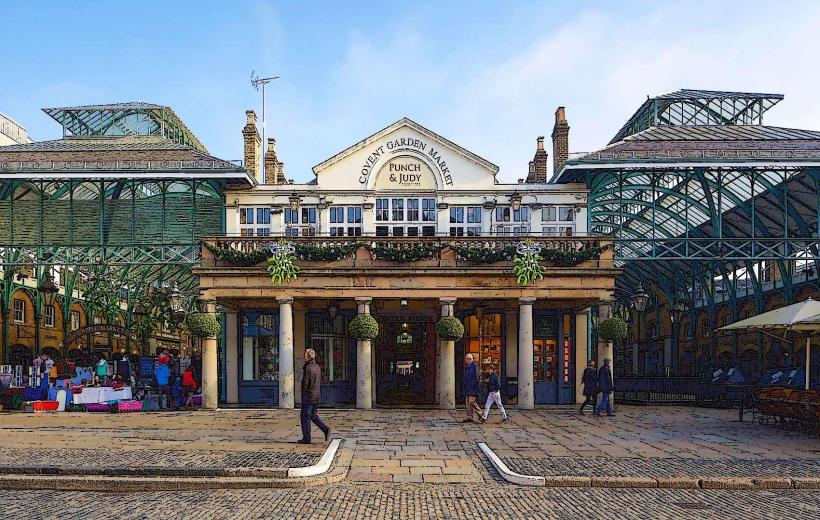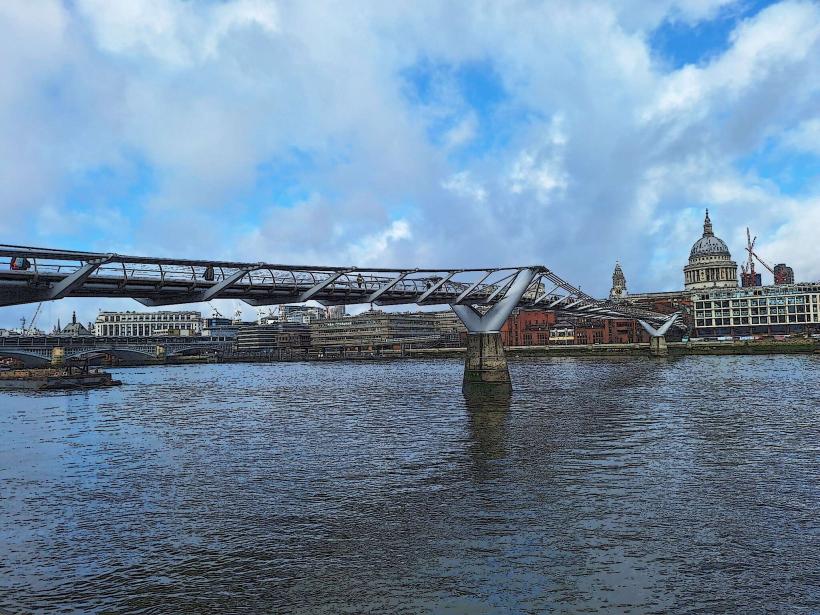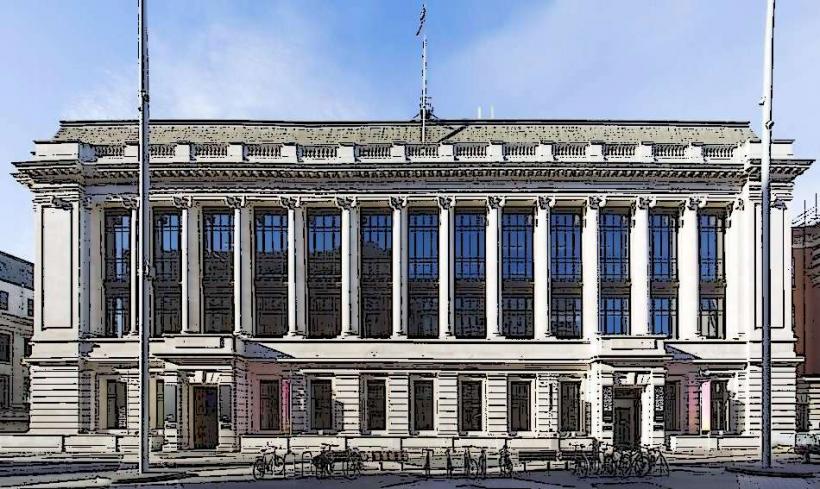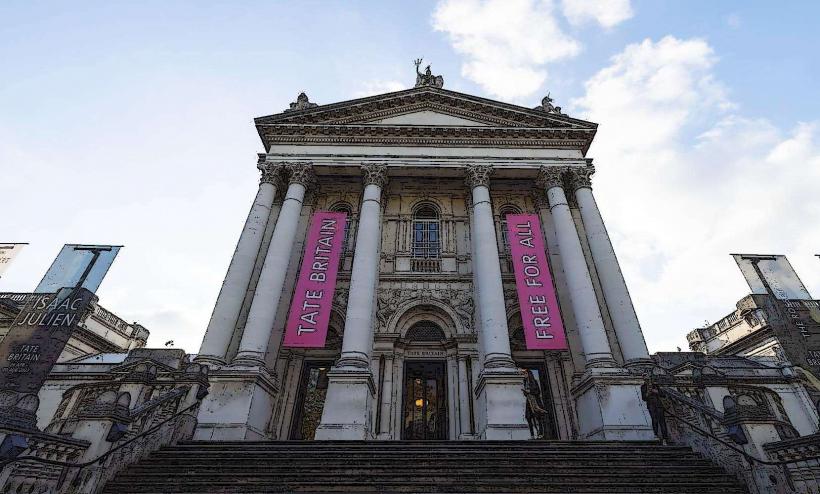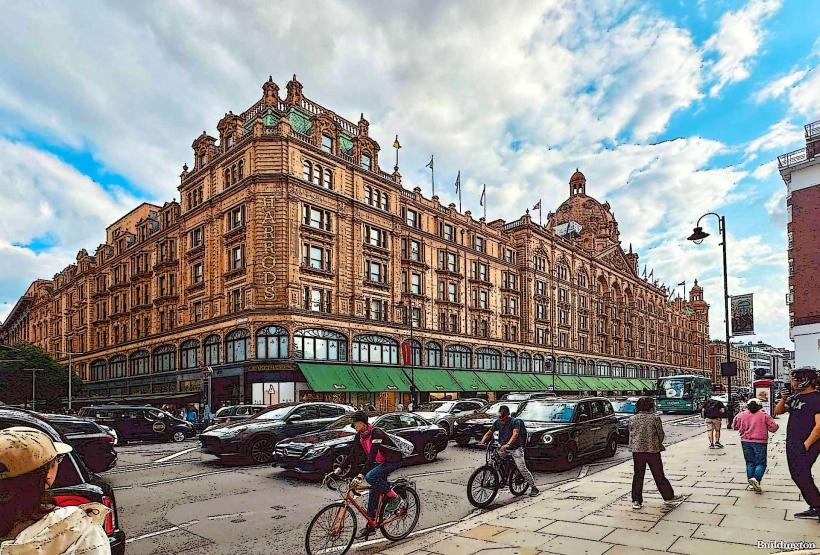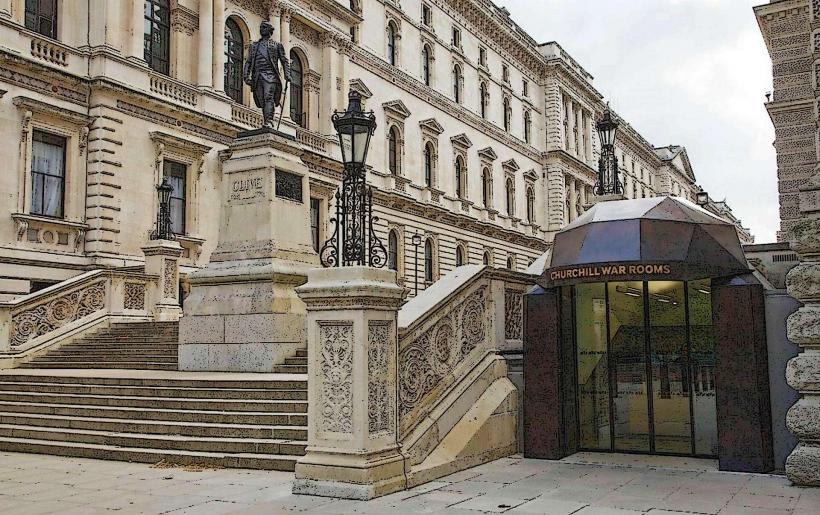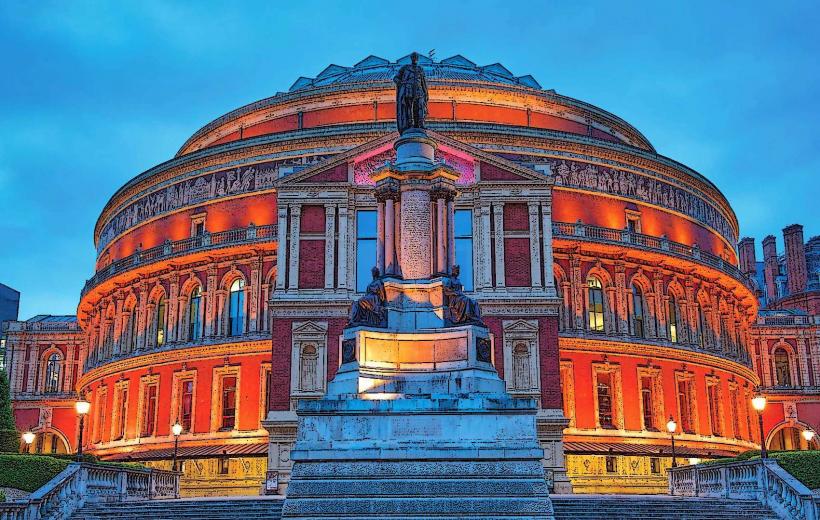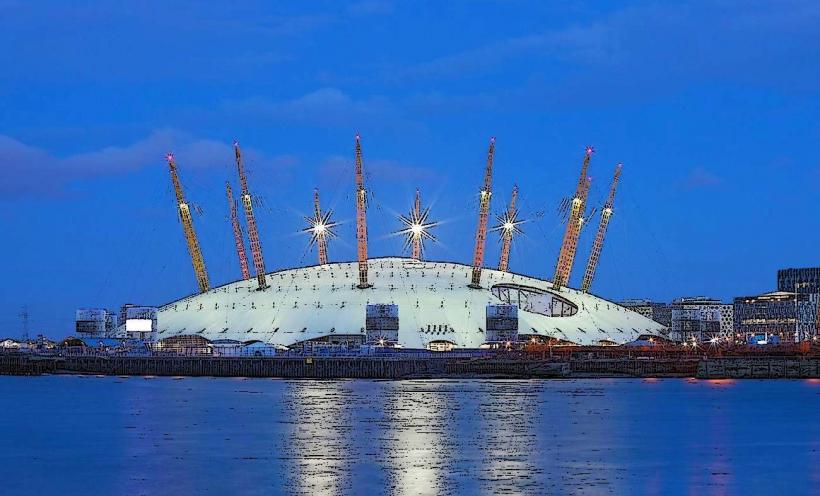Information
Landmark: Big BenCity: London
Country: United Kingdom
Continent: Europe
Big Ben, officially known as the Elizabeth Tower, is one of the most iconic landmarks in London, renowned for its stunning architecture and its association with the British Parliament. Here’s a detailed look at its history, architecture, and features:
Historical Background
- Construction: The Elizabeth Tower was completed in 1859 and was part of the reconstruction of the Palace of Westminster after the original building was damaged by fire in 1834. The clock tower was designed by architect Augustus Pugin in the Gothic Revival style.
- Name: The tower itself is often referred to as "Big Ben," though Big Ben actually refers to the massive bell housed within the tower. The bell is named after Sir Benjamin Hall, who oversaw its installation, though some suggest it may have been named after heavyweight boxing champion Benjamin Caunt.
- Significance: The tower and the clock have become national symbols of the UK, representing parliamentary democracy and British tradition. It is a common feature in media, often associated with London.
Architecture and Design
- Structure: The Elizabeth Tower is 316 feet (96 meters) tall. It is built in the Gothic Revival style, which was popular during the mid-19th century. The tower’s design is characterized by its pointed arches, spires, and intricate stonework.
- Clock Faces: The tower has four clock faces, each measuring 22.5 feet (6.9 meters) in diameter. The clock dials are made of iron and are surrounded by a stone frame. The dials are made of opalescent glass, and they are lit up at night, providing a striking visual presence.
- Positioning: Each clock face is set into one of the four cardinal directions of the tower, allowing the time to be visible from different parts of London.
The Bell – Big Ben
- The Bell’s Size: Big Ben, the bell, weighs around 13.5 tons and has a height of 7 feet (2.1 meters). It strikes the hour with its distinct "bong" sound.
- The Hammer and Strike: The bell is struck by a hammer weighing about 200 kilograms. The mechanism that controls the bell’s chimes is operated by an automated system that is fine-tuned to ensure accuracy. The bell chimes on the hour, and its sound can be heard across much of central London.
Clock Mechanism
- The Clock's Mechanism: The clock mechanism is a marvel of Victorian engineering, featuring a chain-driven system that was designed by Frederick Dent and installed by clockmaker Thomas Maudslay. The clock is driven by weights and is wound up three times a week by hand.
- Accuracy: The clock is known for its accuracy, despite the complexity of the mechanism. In fact, the clock’s timekeeping has remained highly precise, with minor adjustments being made to ensure accuracy over the years. The mechanism's design includes a regulator system using a stack of coins to control the speed of the clock’s pendulum.
The Tower's Exterior
- Construction Material: The tower is primarily constructed of brick and stone, with detailed carvings on its exterior. The structure is topped with a lantern and a spire that adds to its height and gothic aesthetic.
- Tudor Rose: On the tower’s exterior, there is a prominent Tudor Rose, a symbol of England that represents the union of the Kingdom of England and the Kingdom of Wales.
- Restoration and Conservation: Over the years, the tower has undergone several conservation projects, including restoration to preserve the clock mechanism and the tower’s overall structure.
Functionality and Usage
- Clock Tower vs. Elizabeth Tower: Though colloquially known as "Big Ben," the tower’s official name was changed to the Elizabeth Tower in 2012 in honor of Queen Elizabeth II's Diamond Jubilee, marking 60 years of her reign.
- Tourism: Big Ben is a major tourist attraction, located in the heart of Westminster, near the Houses of Parliament. Visitors often gather to watch the clock chime on the hour, and the area is a central point in the city's landmarks.
- Accessibility: Although the tower itself is not open for general tours, visitors can explore the surroundings and take guided tours of Parliament, where they can view the tower from nearby vantage points.
Cultural Significance
- Global Symbol: Big Ben has become synonymous with London and British identity, often used as a symbol of time, national pride, and the city’s rich history.
- Media and Pop Culture: Big Ben frequently appears in films, television, and literature, representing both London and the passage of time.
Big Ben, through its imposing presence and historical significance, remains a symbol of the endurance and precision of British engineering, as well as a cultural touchstone that resonates far beyond the United Kingdom.

